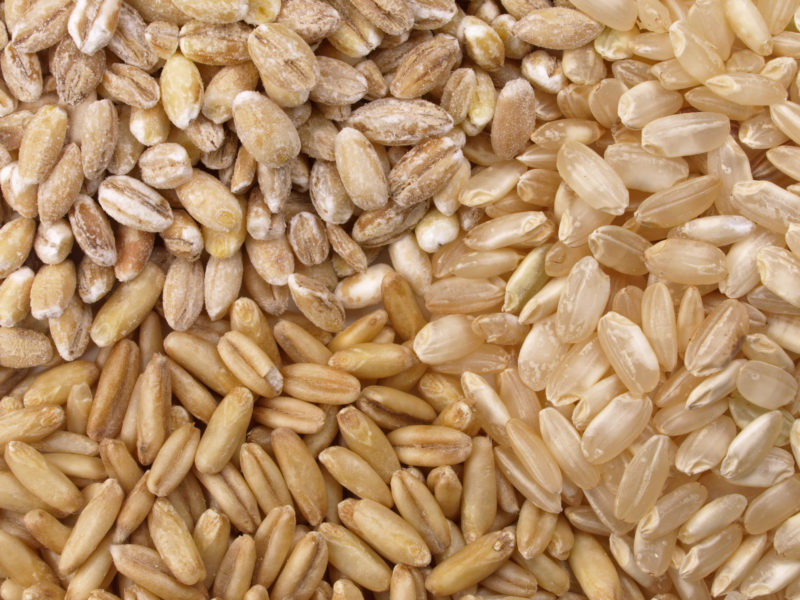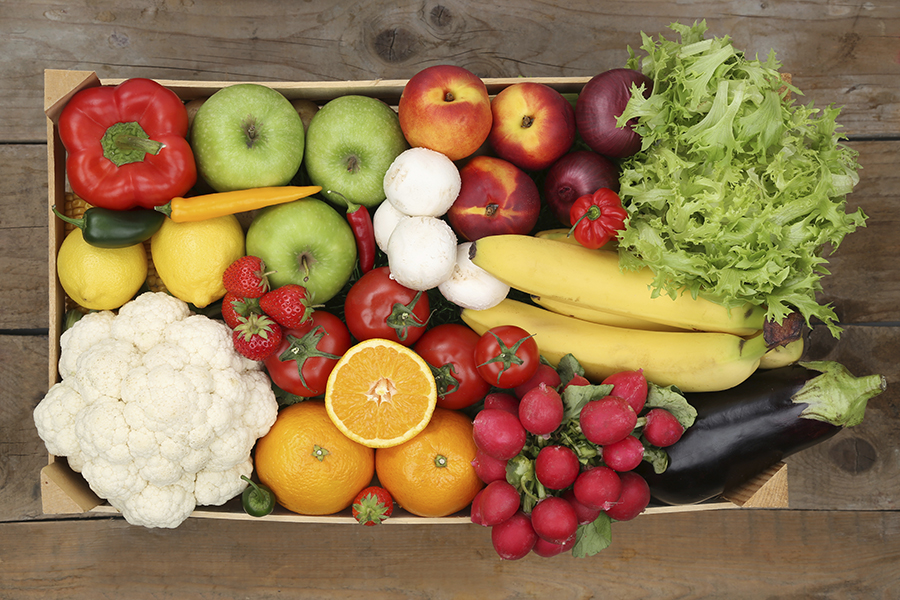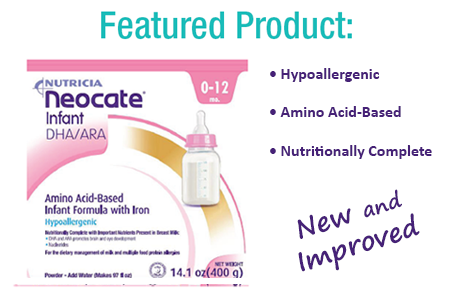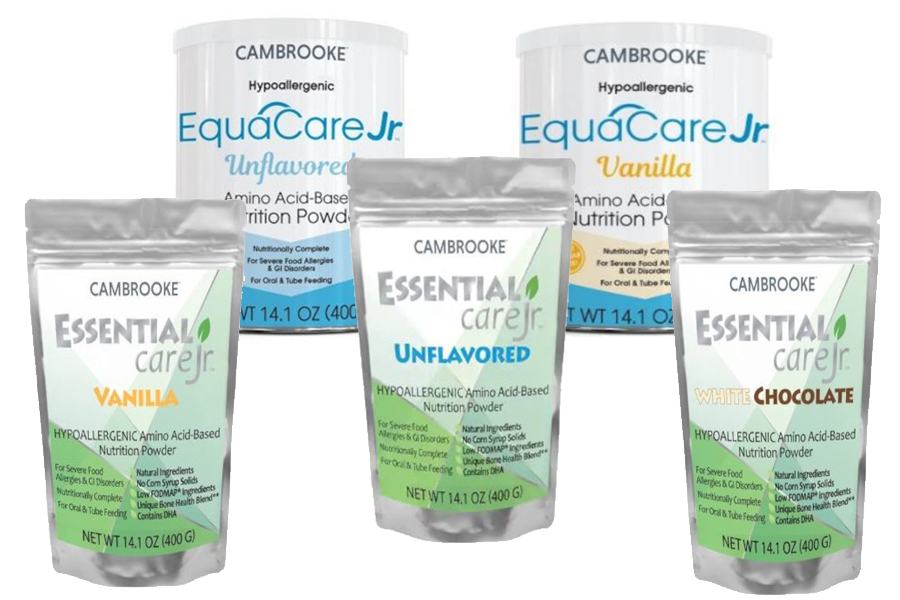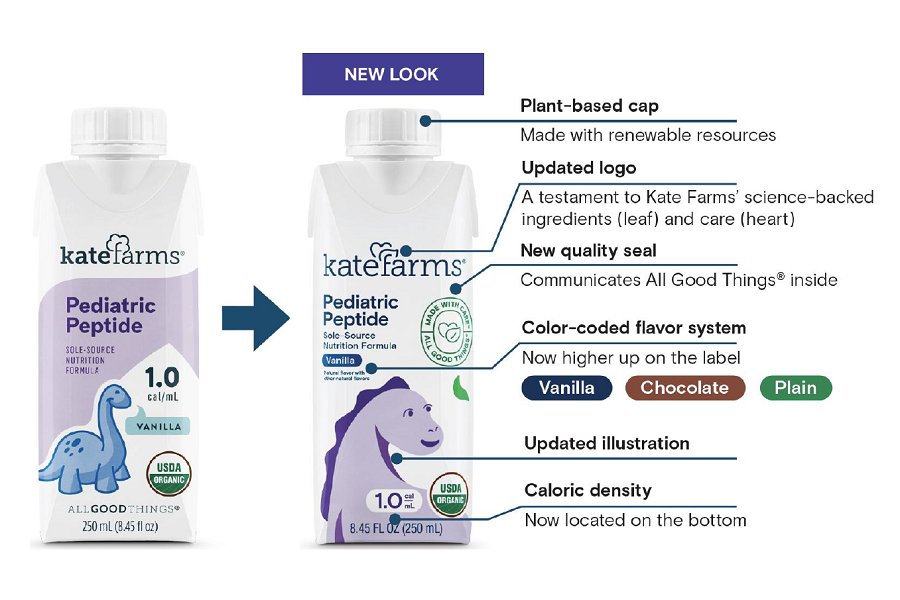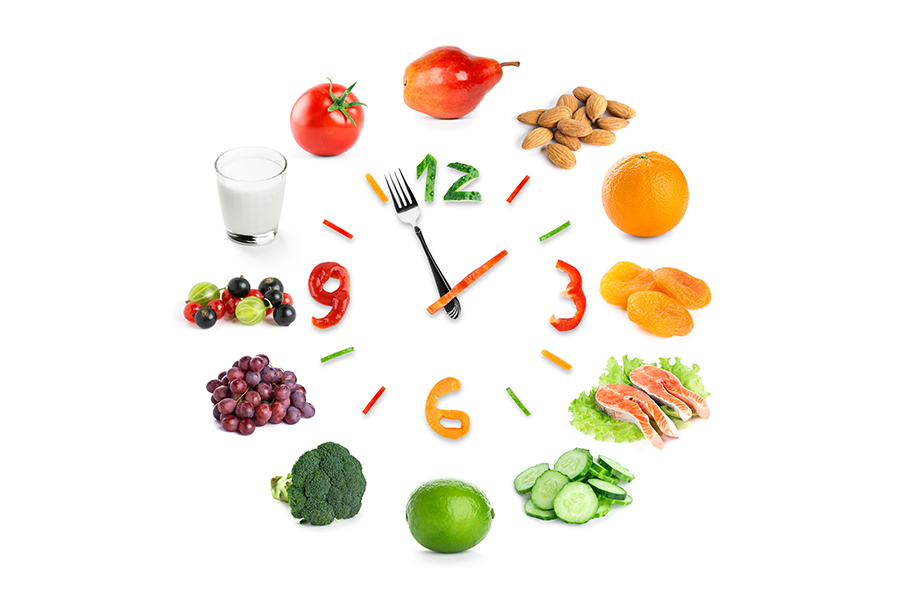What you eat affects your health and your risk of chronic disease, such as obesity, heart disease, diabetes and certain cancers. The 2015-2020 Dietary Guidelines for Americans recommends healthy eating patterns in order to stay healthy and prevent disease.
Every 5 years, the U.S. Department of Health and Human Services and the United States Department of Agriculture have to update and publish nutrition guidelines for Americans. The Dietary Guidelines for Americans is based on scientific evidence and medical knowledge. It’s intended to provide recommendations to adults and children over 2 years of age.
Key Recommendations of the Dietary Guidelines for Americans:
1. Follow a healthy eating pattern
Eat more of these:
- Eat the rainbow: brightly-colored fruits and vegetables
- These pack potassium, folate, magnesium, vitamins A, C & K and fiber
- Butternut squash, blueberries, pomegranate, yellow bell peppers
- Whole grains
- These have iron, selenium, B vitamins, Magnesium and fiber
- Brown rice, quinoa, whole wheat bread/crackers/pasta
- Fat-free or low fat dairy
- Get your calcium, vitamin D, potassium, protein and probiotics (in cultured dairy such as yogurt and kefir)
- Yogurt, yogurt drink, cheese, milk, kefir
- Protein foods
- These pack B vitamins, vitamin E, zinc, iron, magnesium and amino acids (the building blocks of protein)
- Especially plant-based: beans and peas, nuts and seeds, soy
- Lean meats, poultry and seafood, eggs
- Plant oils
- For essential fatty acids, vitamin E
- Olive, Canola
- Nut oils (peanut, walnut, flax)
Eating a variety of the foods above provides these (and more!) key nutrients:
-Potassium
Potassium helps prevents high blood pressure, bone loss and kidney stones.
Most people should aim for 4,700 mg/day – if you have kidney disease, talk to your doctor or dietitian.
Food sources of potassium:
- Potatoes, Sweet Potatoes
- Milk and Yogurt
- Prune Juice
- Meat and Fish
- All fruits and vegetables
-Calcium
Calcium helps maintain bone health, nerve function, muscle contraction and blood vessel health.
Getting in 3-A-Day of these food sources will help most people meet their calcium goals:
- Fortified Cereals and OJ
- Milk and Yogurt
- Cheese
- Tofu and Soymilk
-Vitamin D
Vitamin D helps maintain bone health, support your immune system and prevent certain cancers.
The recommended dietary allowance for vitamin D is 600 IU for children and adults over 1 year of age and 800 IU for adults older that 70 years.
- Fatty Fish (Salmon, Herring, Mackerel, Tuna)
- Egg Yolks
- Fortified Foods:
- Milk and Soymilk
- Cereals
- Orange Juice
- Supplements: ask your doctor if you need a vitamin D supplement
-Fiber
Fiber reduces your risk of heart disease, diabetes and obesity.
Women need around 25 grams a day while men should aim for 38 grams a day.
- Fruits and vegetables
- Beans
- Whole wheat bread/crackers/pasta
- Whole grains like brown rice, quinoa, bulgur
- Nuts and seeds
2. Limit certain nutrients and foods as part of a healthy eating pattern:
Eat less of these:
- Saturated fats
- Whole milk dairy
- High fat meats and fried foods
- Trans fats
- Partially hydrogenated oils
- Fried foods
- Added sugars
- Beverages (not milk or 100% Fruit juice)
- Snacks and sweets
- Sodium
- Processed and packaged foods
- Restaurant and fast food meals
For more on nutrition and healthy eating:
- How to Read Food Labels
- Top 10 Nutrition Tips for Good Health
- Tips For Eating Healthy When Eating Out
- The Mediterranean Diet: What to Eat and What to Limit
- Whole Grain: Why You Need It + Recipes












